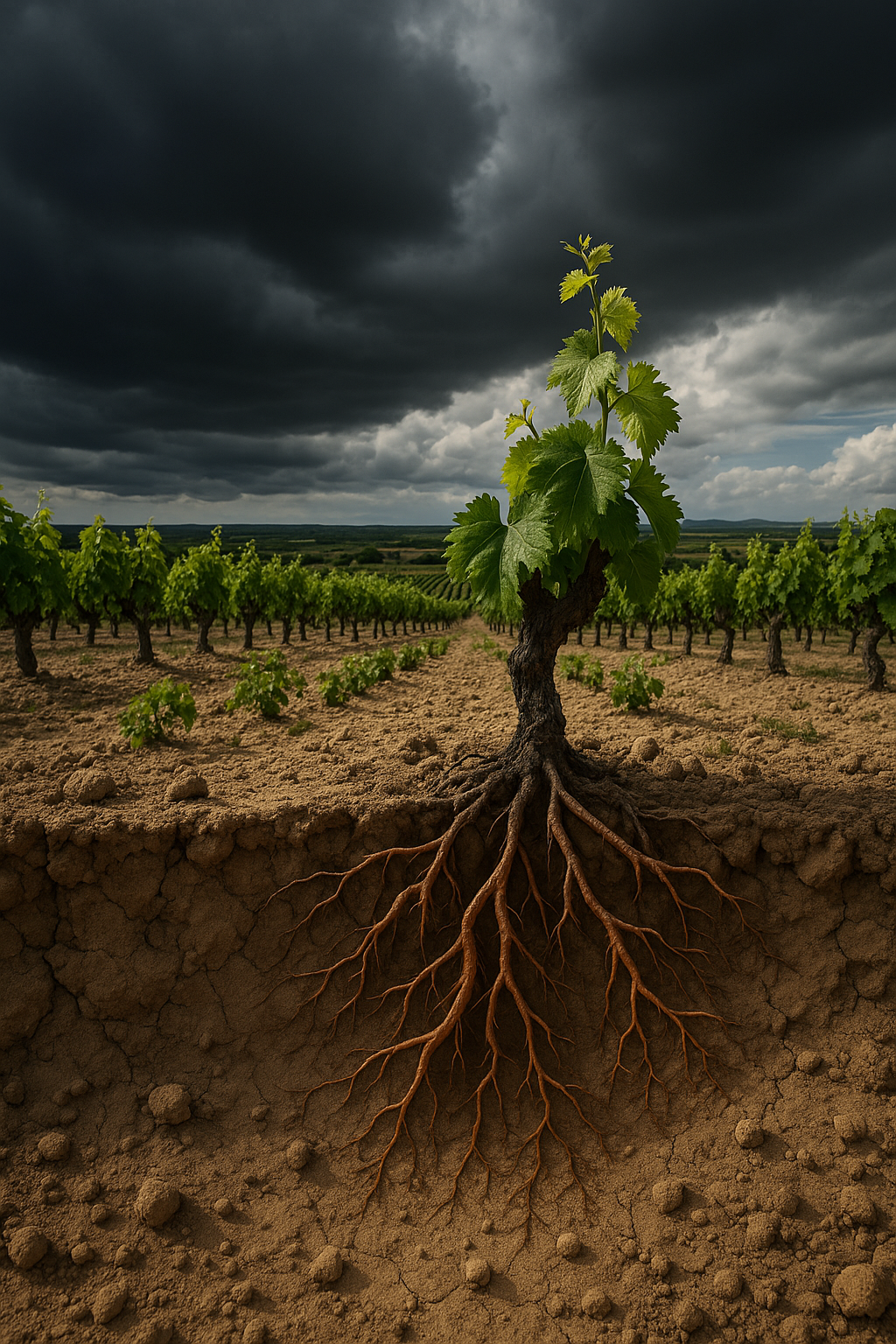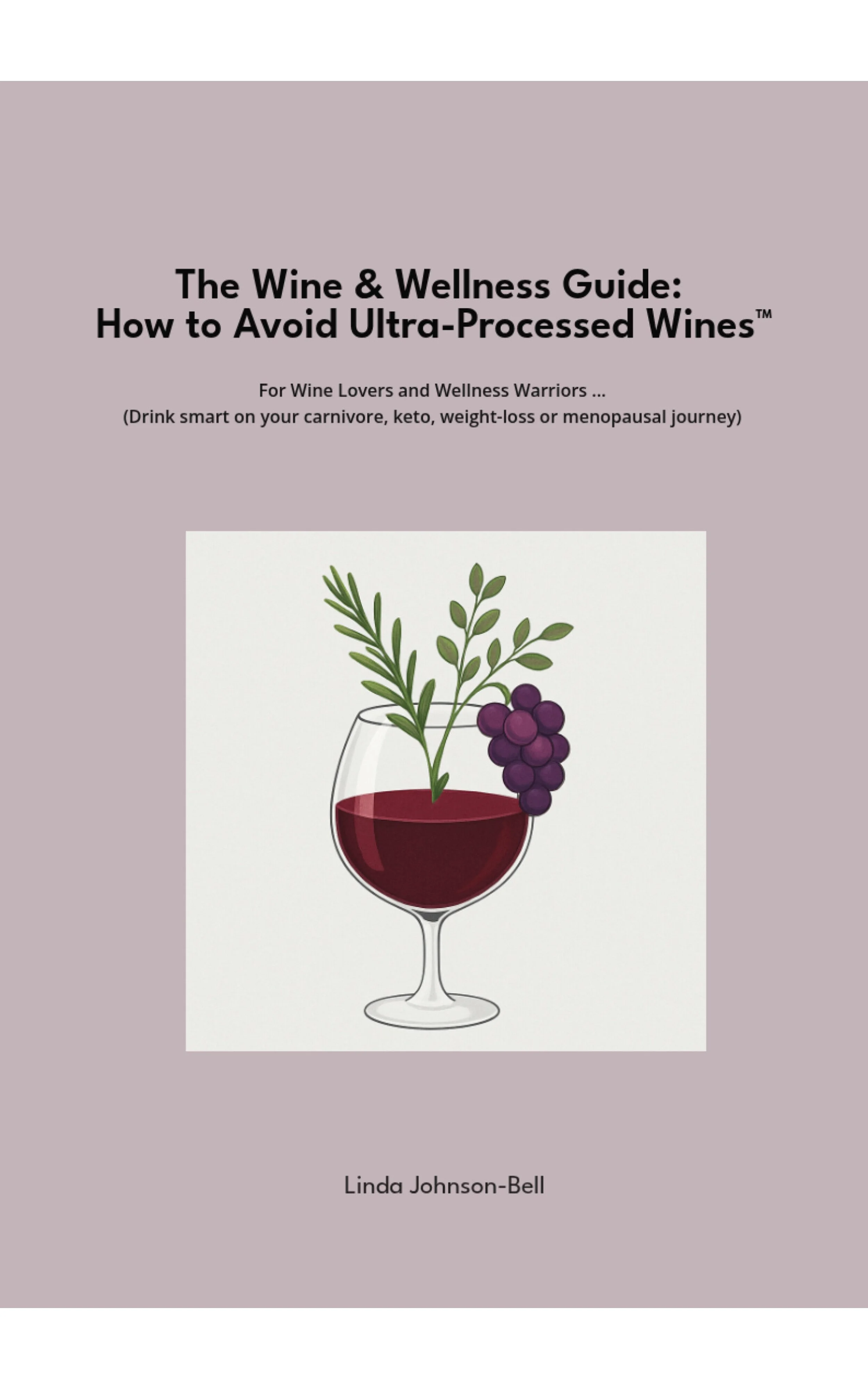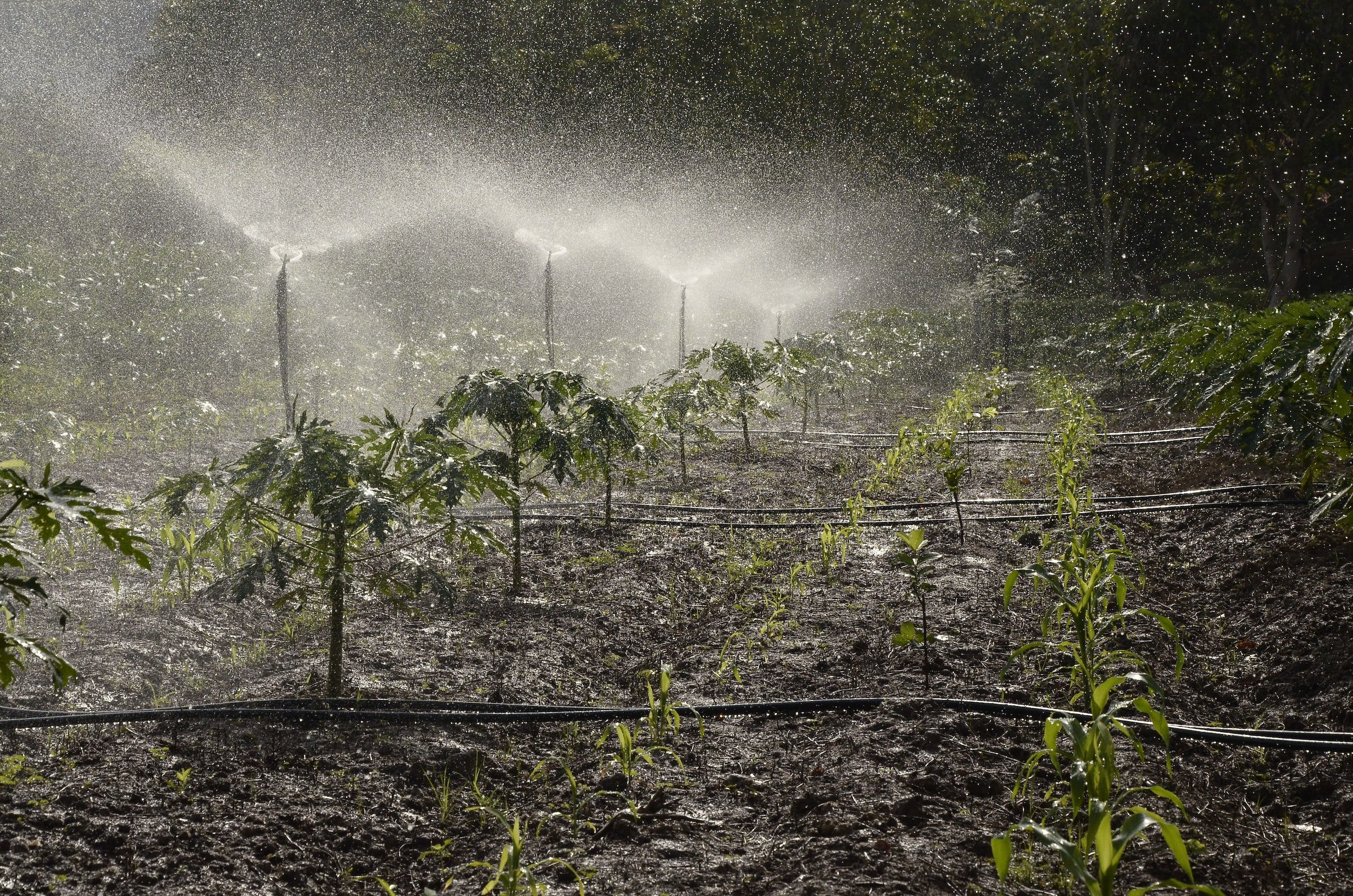I write often that wine is a luxury crop: this idea forms the basis for my thesis that freshwater use in irrigation is not viable. But wine used to be grown very differently and in a very different cultural context: usually as part of a European family’s smallholding. Was it ever essential to life? I’ll let you answer that.
Let’s have a quick look at how our luxury crops have changed and evolved. Using cacao, coffee, sugar, tobacco, and wine as my examples, they had very different uses and origins from those that they have today. They were, and still are, an integral part of the indigenous religious and culinary cultures of the Americas and the Caribbean.
First, what is a luxury crop? A traditional definition is that of “a crop that is grown to serve some purpose other than sustaining life”. Luxury crops are non-subsistence crops; many of which were brought from Asia to the Americas by Europeans to be grown as cash crops. In the context of climate change, the definition of “luxury” should be widened to include crops that cannot be grown without employing the most extreme version of the act of farming that surcharges natural resources. They have become unaffordable luxuries. Indeed, one could argue that with the current contortions exerted in manipulating growing environments, staple crops grown as mono-cultures will one day soon become luxury items.
These five luxury crops all have varying quality distinctions. For example, there is a difference between “fine” wine and “bulk” wine, and tobacco leaves undergo intense classifications depending upon their curing and ageing methods. In fact, the quality-dependent attributes of these five crops are strongly analogous: origin/soil, species variety, temperature, climate, rainfall, low yields, and ageing methods are all determinants of the quality of the crops’ end products. If these crops continue to be increasingly grown as cash crops, what then will distinguish them as luxury crops apart from their price? In order to retain their luxury status, they need to be farmed in a ‘luxurious manner’, meaning, eschewing the modern ‘conventional’ farming methods.
Cacao, with its Latin name, Theobroma cacao, translates into ‘food of the Gods’, although the Mayans had a chocolate goddess named Ixcacao. The symbolism of chocolate as blood was universal throughout Mesoamerica. Ritual use of cacao permeates the Maya, Aztec, and other cultures of Mesoamerica. The Aztecs would use cacao to raise the spirits of those about to be sacrificed in elaborate ceremonies. Cacao originally appeared in the Soconusco region of Mexico, with archaeological evidence of its use stretching over millennia. Next to maize, it was the most important plant food in Mesoamerica. Cacao connected mankind to their gods; it was used as a milestone for important life events, and a healing beverage (Seawright 2012). Today, a modern shaman from Ecuador has distinguished the different sorts of energies from cacao’s varying provenances and proclaims that Ecuador’s Arriba Nacional variety (their heirloom variety) has “a pleasant acidity with a touch of salt, carrying tones of the sea” and is best used for connecting to ancestral wisdom (Kara 2018).
Coffee is indigenous to Ethiopia where the locals used the wild plant in sacramental communal ceremonies or to assuage hunger pains during long hunting expeditions. From there it spread across Africa and eventually to Arabia along the trade routes, where, in Yemen, it was made into a drink to accompany their night-time chanting and wailing rituals. A bowl was passed and both men and women would share the potion in an attempt to create meditative stress and transcend to other planes (Topik 2009).
Sugarcane is a tropical grass native to Asia. Brought to the Caribbean by European colonists, the Haitians have long used distilled sugarcane, Clairin, in their ancient voodoo rituals as an offering to ancestral spirits. Made from the juice of locally grown wild sugar cane, the juice is then fermented using indigenous yeast strains before pot-still distillation. It's considered distinct from rum, which is most often distilled from molasses, but it is quite like Martinique's and Guadeloupe's Rhum Agricole, which is also distilled from sugar cane (Bossart 2021).
Tobacco is indigenous to North and South America. In the 1st century BCE, the Mayans used tobacco leaves for smoking in sacred and religious ceremonies and for purification, much like the Native American shaman, who offers tobacco smoke before rituals as an offering to ancestral spirits. Throughout history, tobacco has been used by medicinal herbalists to treat asthma, earache, insect bites, and bowel issues (Mishra 2013). Tobacco smoke, and indeed any plant-based smoke, has long been associated with the sacred purification of space and communication with spirit.
Wine, the Vitis vinifera, is indigenous to the area near the Caspian Sea in southwestern Asia. The Phoenicians and their neighbouring cultures would have consumed wine as part of feasts, funerals, and other sacred ceremonies and communal events. Already, at this point in its early history, it would have been considered a comparatively rare item due to its elaborate and labour-intensive production methods. From here, wine made its way to Greece and to Rome, where it was presided over by the Greek God of Wine, Dionysus and the Roman God of wine, Bacchus. The Romans then brought it to southern France allowing it to spread throughout Europe.
With each of these crops, their regional uses reflected their collective indigenous worldviews. The crops were bequeathed the ability to connect humans to the spiritual world. They were used with the earth representing a deity needing protection and honouring. They were consumed in an environment of reciprocity and solidary in rituals that honoured their ancestors and expressed gratitude to the earth. Their ceremonies highlighted the hierarchical family structure, the learning from and respecting of, elders, and their instinctual need to revere nature and humans over profits (Alderete et al. 2010).
When Western man disconnected himself from Nature, he took these crops with him. When then placed within the Western construct of materialism and individualism, they became items of pleasure to satisfy cravings, as well as becoming commodities and material assets and status symbols, and eventually evolved into social drugs. This puts things into a different perspective, eh? Next time I sit down with my healing after-dinner chocolate, cappuccino, rhum cocktail and light my Partagas, I will certainly offer up a prayer of gratitude to the gods and goddesses!
LJB, Founder, The Wine and Climate Change Institute
www.twacci.org
















